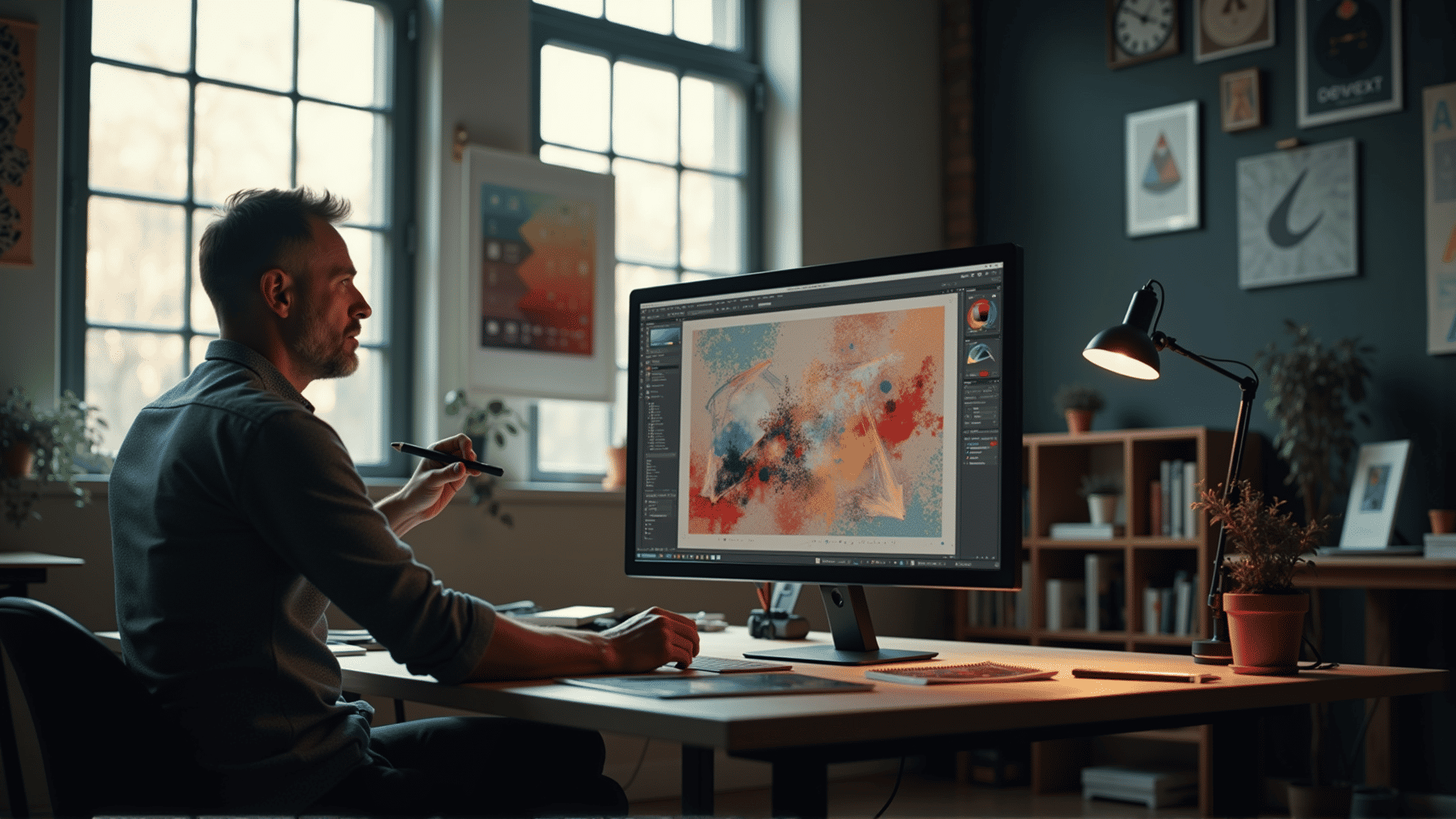Exploring various composition techniques can significantly enhance the aesthetic appeal and emotional impact of design projects. Understanding and applying these techniques enables the creator to effectively guide the viewer’s attention, thereby improving their overall experience.
Rule of Thirds
One of the foundational principles in visual composition is the Rule of Thirds. This guideline suggests dividing an image into nine equal parts by two equally spaced horizontal and vertical lines. Placing key elements along these lines or their intersections can create more balanced and engaging designs. This method helps to create a natural flow within the artwork or photograph, making it more pleasing to the eye.
Balance and Symmetry
Balance in design pertains to the distribution of visual weight within a composition. This can be achieved through symmetry, where elements are mirrored along an axis, creating a sense of order and stability. Asymmetrical balance, on the other hand, involves different elements that are rearranged to create a harmonious whole. This approach can introduce dynamic tension, adding interest while maintaining aesthetic balance.
Leading Lines
Leading lines are powerful tools that guide the viewer's eye through the composition, directing attention to the focal point. These lines can be actual elements like roads, fences, or edges of objects. They create a path that naturally draws the eye toward the most important parts of the design, enhancing the viewer's engagement with the piece.
Framing
Framing techniques involve using elements within the scene to frame the main subject, adding depth and context. This can be achieved using natural elements like tree branches or architectural features such as doors or windows. Proper framing can emphasize the main subject and create a more immersive viewing experience.
Contrast
Contrast is vital in establishing visual hierarchy, drawing attention to key elements, and making a composition more intriguing. This can be achieved through variations in color, size, shape, or texture. A high-contrast design can quickly capture the viewer’s attention, while subtle contrasts can add sophistication and nuance.
Negative Space
Also known as white space, negative space refers to the empty areas around and between the subjects of an image. It offers breathing room, allowing the main elements to stand out. Proper use of negative space can lead to a clean and uncluttered design, enhancing readability and focus.
Repetition and Rhythm
Repetition in design involves repeating certain elements to create unity and consistency, which aids in reinforcing a theme or concept. Similarly, rhythm is created when elements are repeated at regular intervals, generating a sense of movement or flow. This technique helps to unify parts of a design and direct the viewer's gaze.
Hierarchy
Hierarchical organization controls the sequence in which viewers interact with a piece. By adjusting size, color, and placement, certain elements can be emphasized or de-emphasized. This strategy ensures that the viewer quickly understands the intended message or focal point.
By mastering these composition techniques, designers can create more cohesive and impactful projects. Each technique serves as a tool to enhance storytelling, guide viewer perception, and create visually captivating experiences. As familiarity with these concepts grows, designers will find themselves crafting compelling narratives that resonate on both an aesthetic and emotional level.
